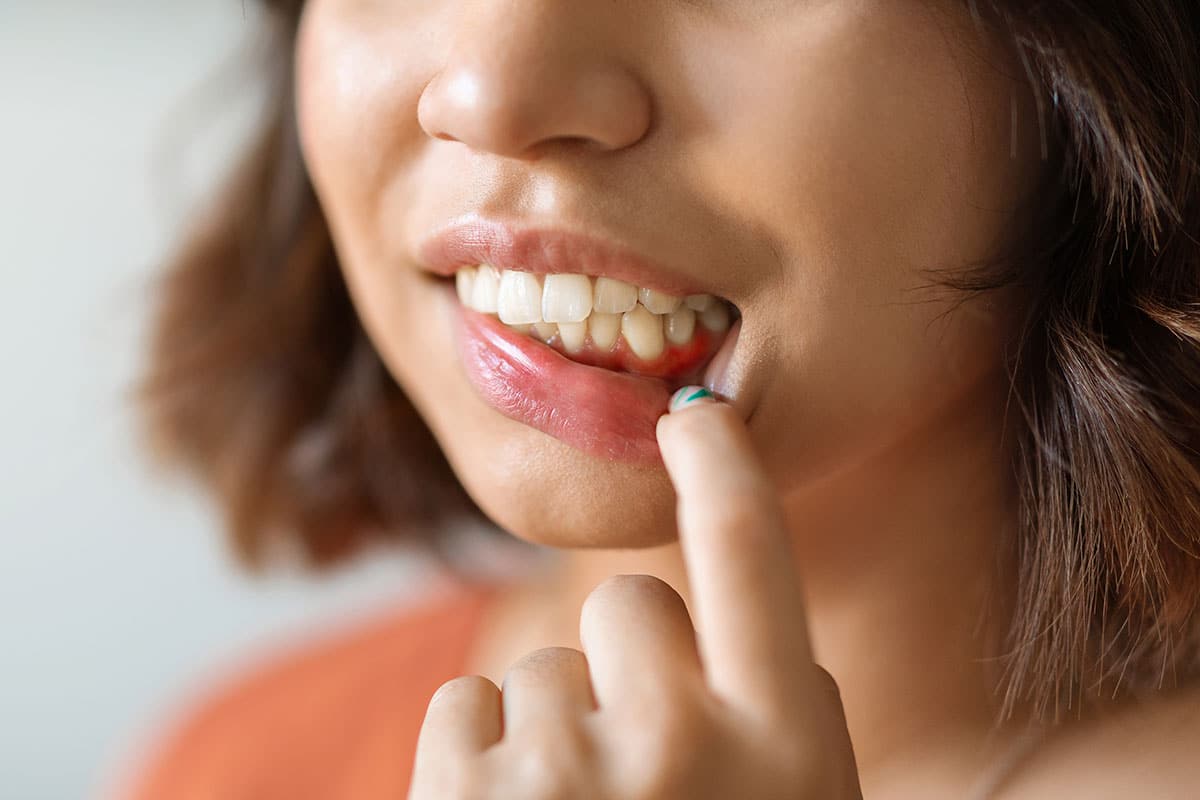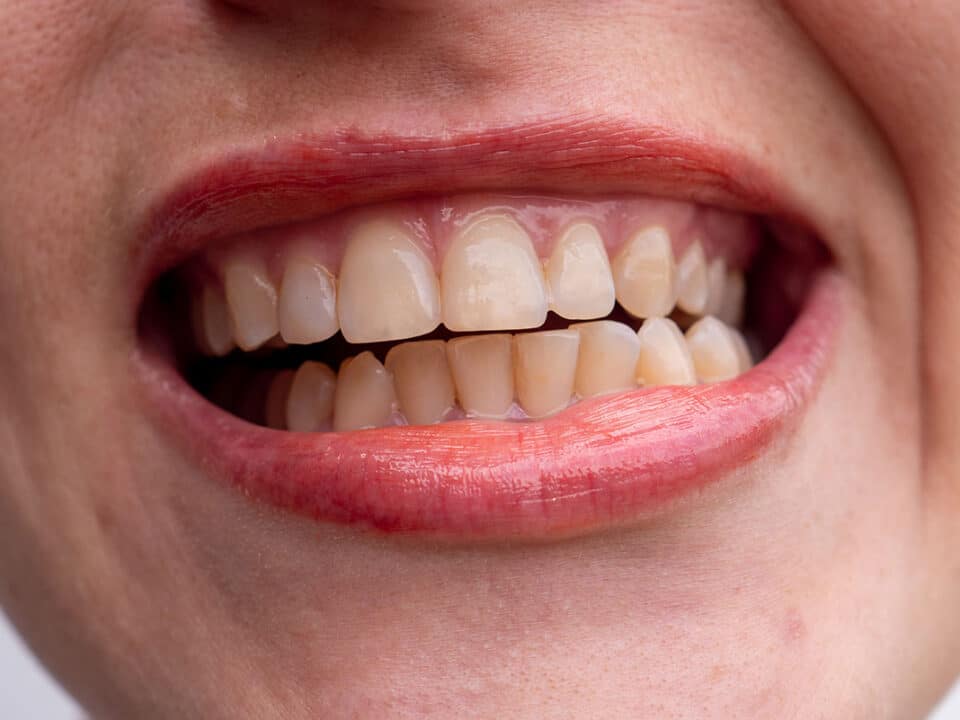You’ve just been to see your dentist for a check-up, and you’ve been told that your gums have started receding. Now you’re wondering what to do about it and if you can reverse the process to restore your natural gumline. First thing, you don’t need to worry because your teeth aren’t about to fall out and gum recession is usually a manageable issue, but let’s put that question on the back burner for a moment and provide some background knowledge on receding gums.
What are receding gums?
Gum recession is a common dental problem; there is no need to panic.
When your gums recede, they begin to pull away (recede) to expose more of your teeth and the tooth roots. It’s a gradual process and many patients don’t even realize it’s happening. Initial symptoms are increased tooth sensitivity and a tooth or teeth visually looking longer.
As gums continue to recede, they will expose cementum, essentially the root of your tooth. You will be able to feel a line near your gums where the tooth enamel ends, and the cementum begins. Bacteria and plaque adhere more easily to the cementum area, which can lead to faster gum recession and increased tooth decay if proper hygiene practices aren’t followed.
What causes gum recession?
There are many factors that can cause or contribute to receding gums, including:
Insufficient oral hygiene – If you’re brushing and flossing routine isn’t done regularly (twice per day) it allows bacteria and plaque to turn into calculus (tartar) which coats your teeth and can only be removed by a professional dental cleaning. Calculus build-up will force your gums to recede for their own safety.
Periodontal disease – These bacterial infections, which include gingivitis, can damage your gums and the supporting jawbone which hold your teeth in place. Gum disease is the number one cause of receding gums.
Improper tooth brushing – Aside from brushing your teeth twice per day, you also need to be brushing them the right way. Aggressive brushing or bad brushing technique will not only irritate your gums (this can cause recession), but it will also strip away your tooth enamel and allow bacteria to take hold more easily.
Misaligned teeth – Crooked teeth or a bite that isn’t centred can create pressure points when you bite down to chew which puts stresses the gums and jawbone in a particular spot.
Clenching or grinding your teeth – Known as bruxism, grinding and clenching puts a lot of pressure on teeth, gums and jawbone which often results in gum recession.
Can gum recession be prevented?

As with most oral health topics, prevention is the best medicine. Preventing gum recession means taking great care of your mouth. Brush twice daily (in the morning and at night before bed) and floss at least once. Rinsing after meals is also a good idea to prevent bacteria build-up. Make sure you’re using a toothbrush with soft bristles and use a “top to bottom” brushing technique that avoids making undue contact with your gums. It’s also very important to visit your dentist for a professional cleaning appointment at least twice per year to ensure your mouth remains tartar free. It’s also a good time to get checked out for early signs of gum disease. Your dentist knows what to look for and can sport early warning signs so you can be proactive about preventing recession. Your dentist will also see if your teeth or bite is misaligned and if it could cause problems down the road.
If you feel like you grind or clench your teeth, you’ll likely benefit from a mouthguard to sleep – you should speak to your dentist about it.
What are gum recession treatments?
Gum recession is commonly treated by addressing the underlying causes of why the gums are receding. This usually means getting rid of any gum disease, correcting misalignments, prescribing a mouthguard for sleeping, and educating patients about how to properly take care their teeth (and gums).
Minor gum recession is normal, but once it has started, your dentist will want to keep an eye on how it progresses. If it continues, your dentist may suggest a gum graft procedure. This is where tissue from the roof of your mouth is grafted onto your gumline to help solidify your teeth and stop your gums from receding further.
Can gum recession be reversed?
Unfortunately, gum recession cannot be reversed. It can, however, be treated, and usually, your dentist will be able to help you stop further recession. While it is cause for concern, mild gum recession is a normal part of ageing and monitoring progress is usually the first step. In most cases, fixing the problem(s) that caused the initial recession is enough to stop it in its tracks. If not, a gum graft is a great option to repair the damage. If left untreated, patients are at greater risk of periodontal disease, tooth decay and subsequent tooth loss or jawbone degeneration. We have a whole article dedicated to the topic on can gum recession be reversed for you to read here.
Keep your gums healthy
Healthy gums mean a healthy smile so treat your mouth right and it will reward you.
- Eat a healthy and balanced diet
- Take care with a proper oral hygiene routine
- Don’t smoke
- Go for regular dental cleanings and checkups with your dentist
If you take care of your teeth and mouth properly, you can have a healthy smile forever. If you have any questions, please don’t hesitate to reach out to your dentist for more information.
Check us out on Facebook and Twitter for daily information about Oral Health from Martindale Dental, or visit our offices in Hamilton and St. Catharines.
Have more questions?
Please contact us for all inquiries or to book an appointment with one of our convenient clinic locations. We look forward to hearing from you.




